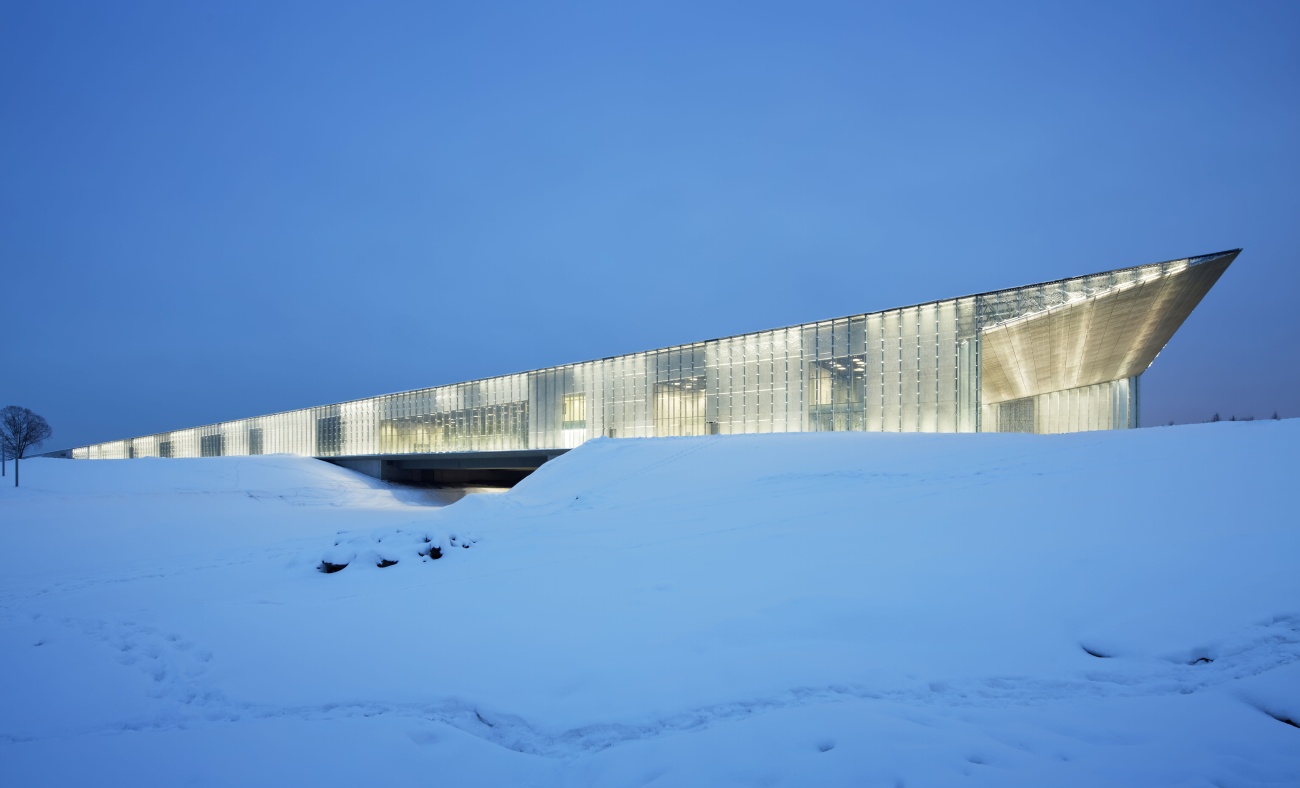
In České Budějovice, a Japanese architect is exhibiting who designed the stadium for the 2020 Olympics
 |
České Budějovice – Japanese architect Cujoši Tane presents his works today at the House of Art in České Budějovice. His projects include the Estonian National Museum, the Contemporary Art Museum in Hirosaki, Japan, and the Kofun Stadium built for the 2020 Olympic Games in Japan. The information was provided to journalists by curator Michal Škoda. Visitors will see models of buildings, photographs, videos, and examples of materials, including moss, in the gallery. The exhibition titled Archaeology of the Future will last until August 27. The gallery previously showcased several Japanese artists.
"We strive to create architecture that no one has seen, experienced, or imagined before. However, we are not looking for flashy and futuristic architecture. In materializing architecture that originates from memories of a place, we embrace a broader perspective. As a first step, we travel back in time and excavate the past to find memories embedded in the place, just as an archaeologist would do. It is a surprising and joyful process, a deep exploration of what we did not know, what was forgotten, and what has been lost due to modernization and globalization," Tane stated.
The architect was born in 1979 in Tokyo and resides in Paris. He has many projects behind him, such as the Estonian National Museum, the Hirosaki Museum of Contemporary Art, and the Kofun Stadium. He is currently working on a 3.4-kilometer-long urban farming project in Shibuya, Japan, as well as hotel constructions in Tokyo and Paris.
"We are greatly honored that after Tokyo, São Paulo, and Basel, this exhibition is now in Budějovice; it is a significant event. Tane works in Paris. This is an important moment because his work blends strong influences from Japan and Europe. He builds a lot in both places. However, the most essential aspect is the archaeology of the future, which signifies that he delves even deeper into history than architects who focus on the context of a place. This does not mean he imitates; he seeks a new approach so that the memory of the place is imprinted there. The exhibition will also address the current issues of construction, climate, social, and ecological situations," Škoda said.
The gallery is funded by the city of České Budějovice. For many years, it has provided an operational subsidy of 750,000 CZK, Škoda noted. The gallery received a contribution of 580,000 CZK from the Ministry of Culture this year but applied for a million.
The English translation is powered by AI tool. Switch to Czech to view the original text source.
0 comments
add comment











